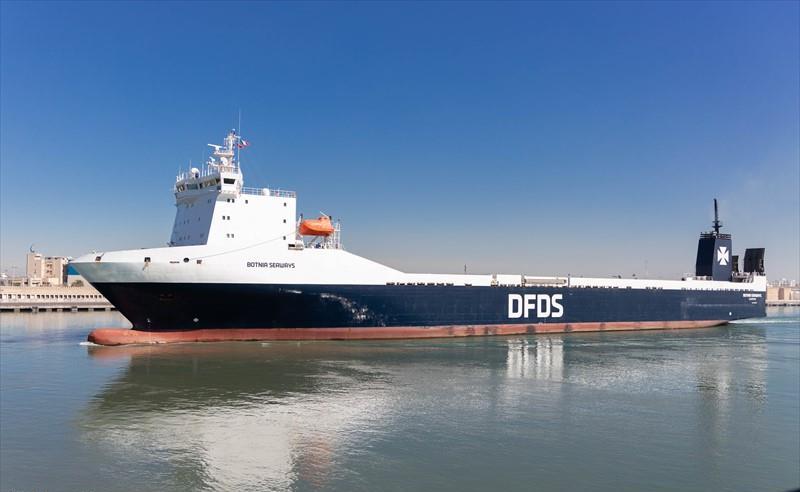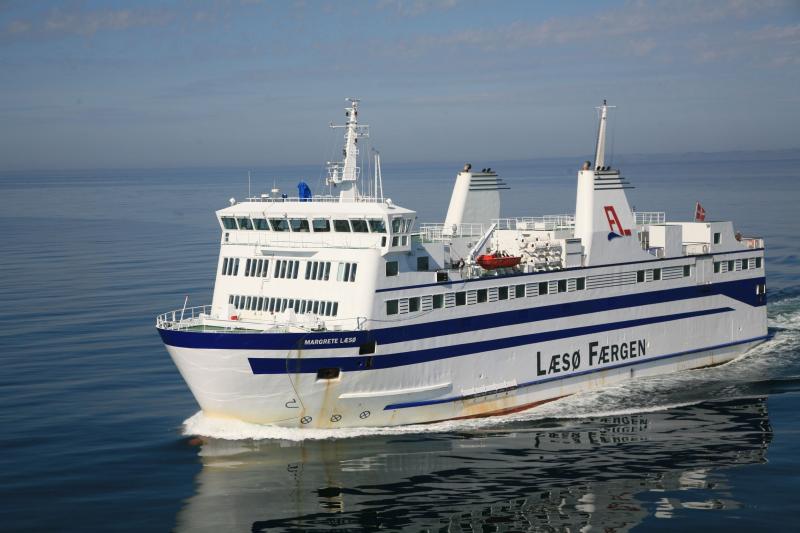
This and other interesting items can be read in the DFDS Annual Report 2021.
Some interesting elements:
Newbuilding plans (p29)
There are currently no plans to build new ferries, apart from a green ferry new building scheduled for 2025. The next major fleet investment program is expected to be renewal of the five short-sea Channel ferries for completion towards 2030. These ferries are expected to be battery powered due to the short crossing time of the Dover Strait.
Remark: under ‘investments’ (p24), DKK 2.3bn investments are expected in 2022:
One combined freight and passenger ferry new building and exercise of a purchase option to buy one freight ferry: DKK 800m.
About Irish Ferries on Calais-Dover (p32)
The excess capacity created by the entry of an additional operator is therefore likely to impact both freight and passenger pricing negatively in 2022. The likely passenger ticket price decreases will to some extent be mitigated by additional revenue from duty-free sales. Moreover, the new entrant will decrease the energy efficiency of the Dover Strait transport corridor.
Baltic Sea region (p32)
Freight volumes have grown in recent years which has led to capacity increases on routes operated by both direct and indirect competitors. The bridge between Germany and Denmark is expected to be completed within the next ten years and this has also prompted some operators to adjust their route networks. Freight ferry capacity in the region is therefore expected to continue to grow faster than demand in 2022.
Truck driver shortage
The truck driver shortages experienced in 2021 are likely to persist in the coming years. This is expected to support continued growth in the demand for unaccompanied ferry services that DFDS primarily provides in the North Sea and Mediterranean business units.
Roro vessel market
There was high demand for roro’s offered for chartering in the market and fixtures were made for longer periods at strong rates. Despite a market orderbook for newbuildings above both 2019 and 2020 (2019: 50k LM, 2020: 25k LM, 2021: 43k LM) and limited scrapping, all new buildings were absorbed in the market and several large operators added extra charter capacity to their networks.
The orderbook for 2022 and 2023 is around 70k LM, although Covid-19 related delays are expected to move delivery of several ferries into 2024. Smaller/older vessels are currently sold to secondary markets, rather than scrapped, and thus removed from the European market as well.
Ropax vessels
There was high demand for combined ferries with an overweight of freight capacity, to the extent that no vessels were available for chartering during most of 2021.
Charter rates for this ferry type thus increased during 2021.
Conversely, the demand for passenger-focused ferries was low and several vessels were idle during the year.
The orderbook for combined ferries is around 105k LM stretching to 2025 as few vessels were delivered in recent years (2019: 11k LM, 2020: 11k LM, 2021: 17k LM).
Click on cover












